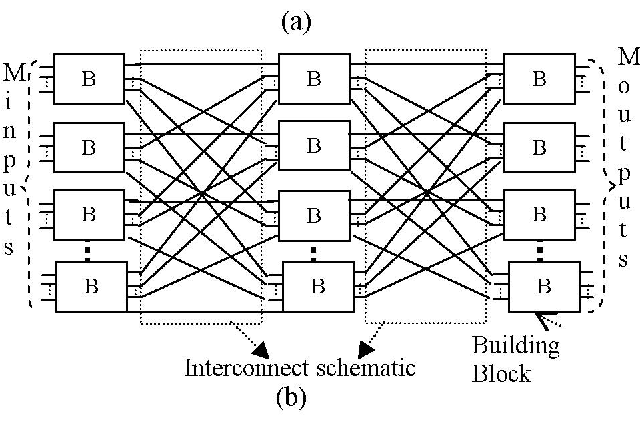Recently the SDVoE Alliance surveyed hundreds of AV designers and integrators about their technology choices. Respondents were excited about the performance, scalability, and standards-based interoperability that are unique to SDVoE. So then why is it also true that 63% of respondents said, “less than 30% of our projects include AV over IP”?
Why do people still use the matrix switch?
We wondered. So we asked, “When you install a matrix switch today, what is the reason you avoided AV over IP?”
The top two responses – representing two-thirds of respondents – were complexity and cost. The cost issue is a myth, driven by pro AV special interests who want you to ignore how unnecessarily expensive matrix switches are. I have dispelled that myth elsewhere, so I won’t belabor it here. In short: Ethernet switches are a lot cheaper than matrix switches.
Here I want to focus on the perception of complexity. It’s a fair concern, although overblown. New technologies can be scary, and hard to manage without the right education and tools. Remember the early days of digital video? Many wished that analog would stay with us forever. But technology continues its unstoppable march forward. We became educated, we adapted. Now, thanks to digital technology, video distribution is a bigger industry than ever. We routinely deploy systems with higher performance into broader applications than were possible in the analog-only old world.
A matrix switch can be complex

It is no simple task to build a network of matrix switches.
A large-scale AV-over-IP system with multiple switches interconnected is indeed complex. So is a large network of interconnected matrix switches. Ever programmed signal routing in a system with hundreds of links between a dozen matrix switches? It is complicated, but it is doable. It’s also relatively rare. Most video systems only need a single switch, and in that case, SDVoE is just as simple as a matrix – in some ways easier.
See, SDVoE technology is agnostic to switch choice – no specific make or model is required. SDVoE switch requirements are super basic, and enabled by default on all of NETGEAR’s 10G switches (and others). Plug in your SDVoE endpoints and you’re done – just like your matrix switch.
Overcoming fear leads to a better path
I think when people cite “complexity” they are expressing a normal human fear of the unknown. It’s scary the first time you draw a NETGEAR M4300 in place of your favorite matrix switch – what if it goes wrong?
The SDVoE Alliance created the SDVoE Academy in 2018 with a mission to educate the AV industry and enable the transition to IP as our video backbone. Today, the SDVoE Academy includes over 80 courses on a broad array of topics: video basics, network basics, system design, and more. Plus, students can take on the challenge of becoming a certified SDVoE Design Partner – those ready to take on the task of designing their own SDVoE systems in place of the matrix switch. And it’s all free.
Today, there are over 1100 certified SDVoE Design Partners. Will you be next?


